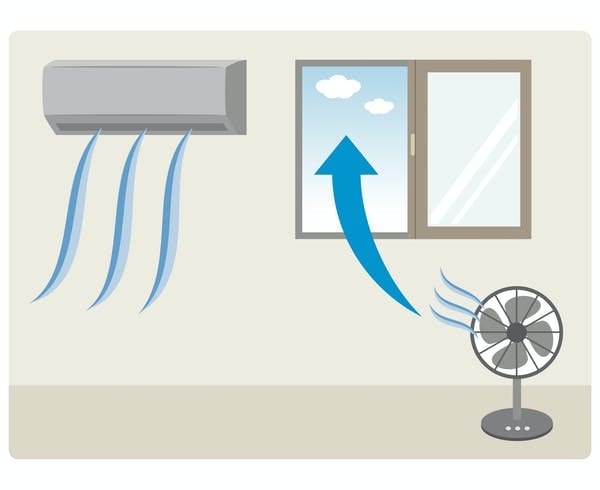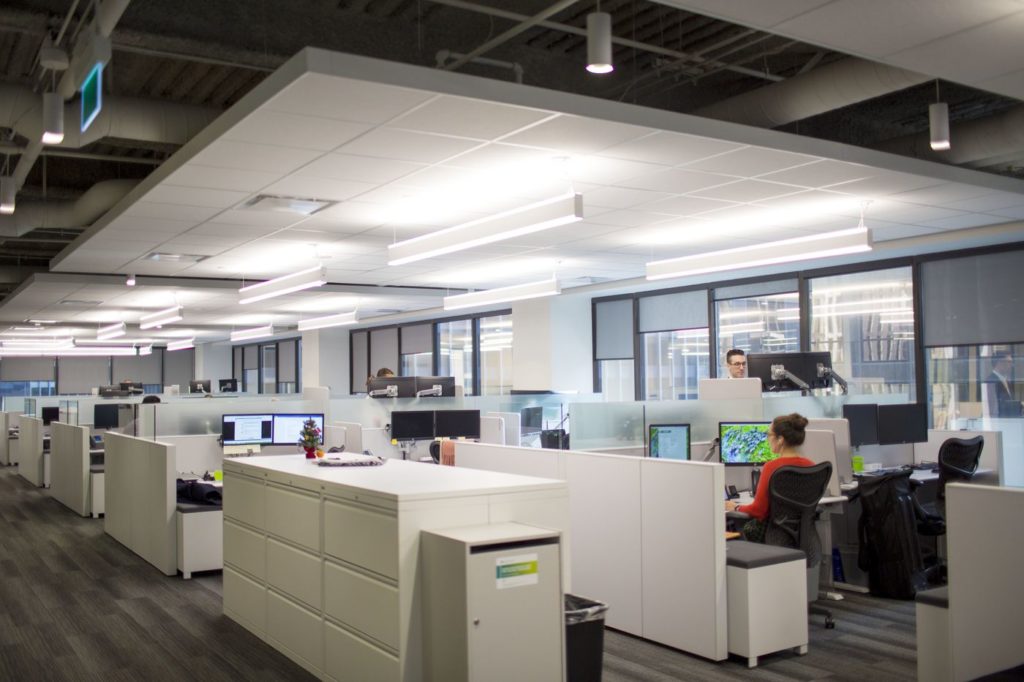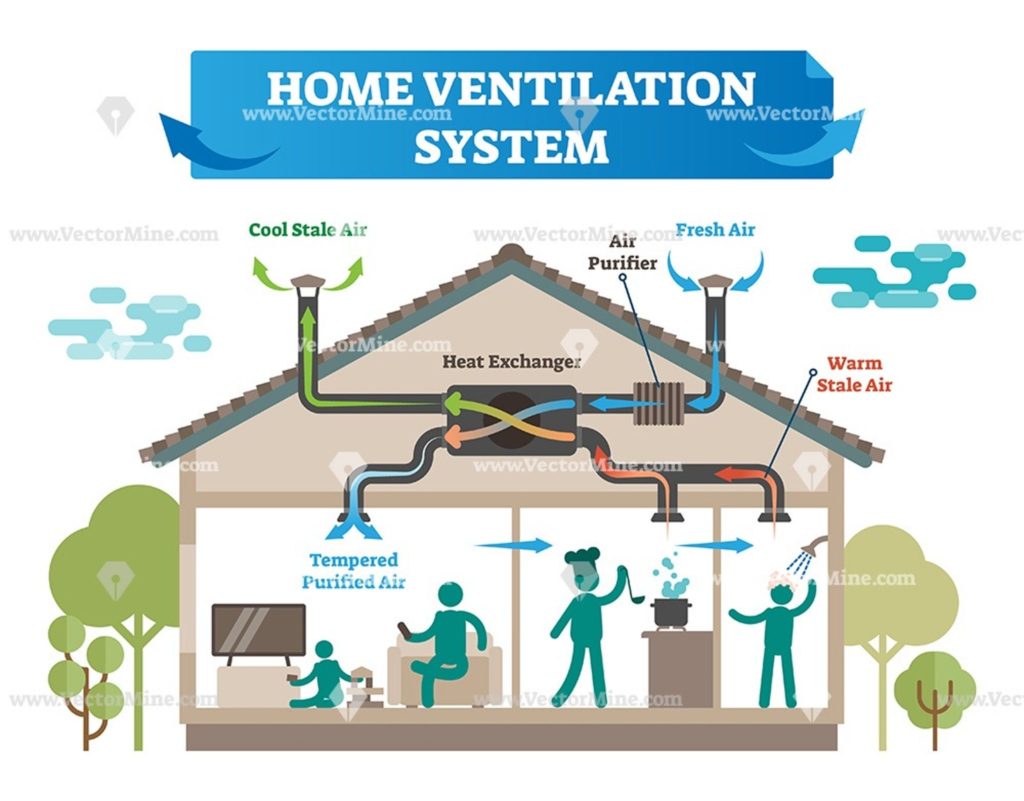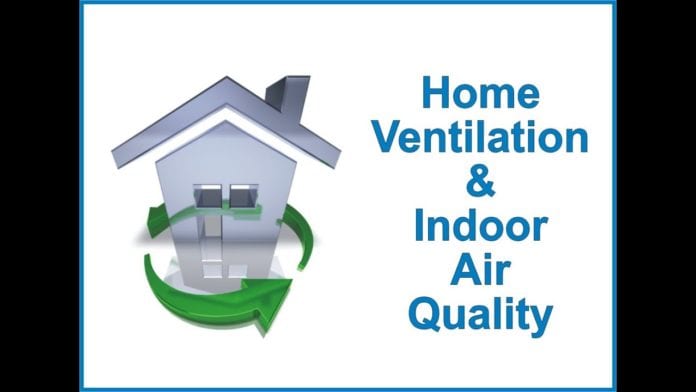Health scientists are issuing recommendations covering the importance of indoor ventilation, how often indoor air needs to be replaced, as well as guidelines for fans, filters, and other equipment needed to prevent the spread of COVID-19, for schools and workplaces that wish to reopen during the pandemic.
Researchers say that strong indoor ventilation in combination with regular handwashing, mask-wearing, social distancing, and reducing room density are the keys measures to be taken to reduce the spread of COVID-19.
Indoor Ventilation: Fourth Mantra to check the proliferation of the virus

The three mantras namely, social distancing, mask-wearing, and handwashing are already widely known as key measures to be followed. Now, public health officials are stressing on the importance of a fourth mantra, which is good indoor ventilation.
“According to Central Public Works Department (CPWD), there have been numerous instances where the SARS-CoV-2 virus has been isolated from swabs taken from exhaust vents in rooms occupied by infected patients, which highlights the need to have proper ventilation,” says a report.
If there is no proper indoor ventilation, chances of getting infected are high due to the possibility of inhalation of airborne particles that contain the virus. If the virus gets into the building, there are two ways to solve the situation: either allow a stream of fresh air from outside or remove the virus from the stale air inside.
Also Read: Learn Why Coronavirus Makes Us Lose Our Sense Of Smell
Ideal Humidity and Temperature
There are studies that show that 80% relative humidity and above, tend to neutralize the presence of a virus. However, extreme humidity level brings dust and fungi that can cause Asthma. Thus, the ideal relative humidity level is considered to be between 40%-70%. Similarly, the ideal temperature for humans ranges from 24C to 30C. Low temperatures (7C-8C) increases the risk of air-borne infections. High humidity and high temperature significantly reduce the spread of COVID-19.
How to ventilate homes and buildings

In commercial buildings like hotels and work offices, outside air is usually pumped in through heating, ventilating, and air-conditioning (HVAC) systems. In residential homes, the common indoor ventilation system is to open locked windows and doors. By allowing a stream of fresh air from outside, one can dilute the contaminated air inside and reduce the risk of the spread of COVID-19.
A report by The Wall Street Journal says that ideally, public spaces should aim to replace air between four to six times every hour, to dilute the accumulated particles of COVID-19. It also depends on the number of people in the room. In buildings that don’t have operable windows, one can change the mechanical ventilation system to increase air pumping.
Fans, Coolers, and Air-Conditioners for Indoor Ventilation

Indoor ventilation is possible with fans, coolers, and air-conditioners. Ceiling and pedestal fans are pretty much inexpensive and can be easily found. They present one of the simplest ways to regulate air and increase air motion. They should be used with windows kept partly open.
A cooler provides relatively cool air and is a good option when an air filter is installed in it to catch the dust and virus particles. Windows should be kept open for air circulation and the cooler tank must be cleaned from time-to-time and should be disinfected. Similarly, the temperature of the air-conditioner should be adjusted in such a way that the room temperature is between 24 C to 30 C, while the relative humidity is somewhere between 40% and 70%.
Further Reading:


